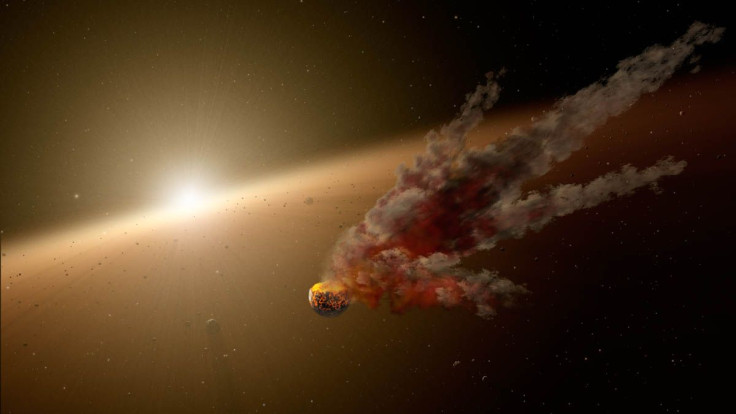ESA Detects Asteroid With Non-Zero Chance Of Hitting Earth

The European Space Agency (ESA) is currently monitoring an asteroid that has a great chance of hitting Earth. Due to the threat that it poses, the asteroid has been included in the space agency’s Risk List.
As explained by the ESA, it maintains its Risk List to monitor asteroids that are in danger of colliding with Earth. Through this list, the agency is able to provide updates regarding the possible impact date of dangerous asteroids.
"The Risk List is a catalogue of all objects for which a non-zero impact probability has been detected. Each entry contains details on the Earth approach posing the highest risk of impact," ESA notes.
One of the asteroids that the ESA included in the list is called 2006 JY26. In terms of an asteroid’s maximum impact probability or its chances of hitting Earth, 2006 JY26 currently holds the number two spot on the list.
According to the ESA, this asteroid’s impact probability with Earth is one out of 86. The space agency noted that 2006 JY26 may impact Earth sometime between 2073 and 2116. The ESA predicted that this will most likely happen on May 2, 2074, at around 9:00 pm.
While an impact event is unlikely, an asteroid's chance of hitting Earth can depend on a variety of factors. One factor that can influence an asteroid’s flight path is a gravitational keyhole, which is a region in space that is affected by the gravitational pull of a nearby planet. If an asteroid goes through a keyhole, the gravitational force could nudge it into a path towards Earth.
Fortunately, 2006 JY24 is not big enough to be labeled as a city or planet-killer asteroid. According to the ESA, the asteroid has a diameter of around 26 feet. Given its size, the asteroid will most likely break up shortly after entering Earth’s atmosphere. It will also probably detonate mid-air before reaching the ground.
© Copyright IBTimes 2025. All rights reserved.





















